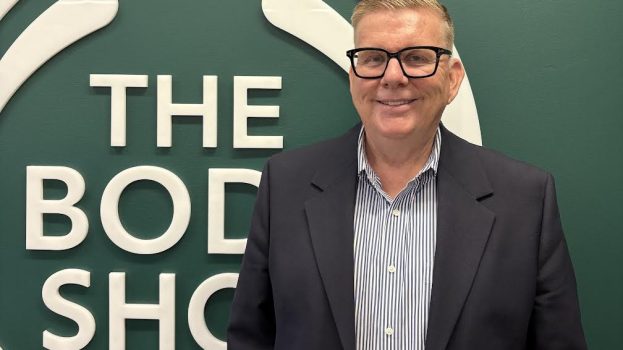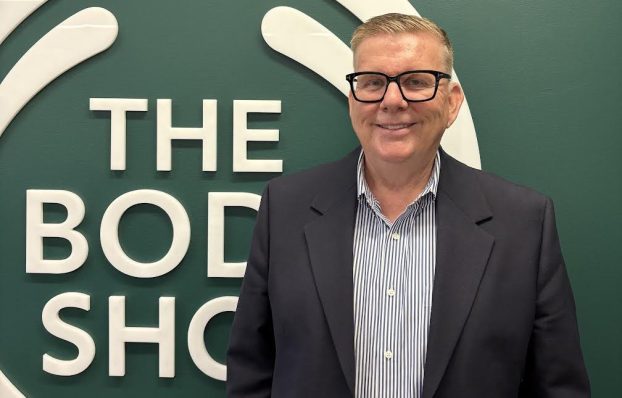By Will Novosedlik
Another Earth Day has come and gone.
Politicians made their speeches, setting targets we may never hit. Pastors made their sermons, warning us that if the world is going to end, it’s god’s will and there’s nothing we can do about it. And the Intergovernmental Panel on Climate Change told us this is a “now or never moment,” our last chance to slow the irreversible damage that will result from a 1.5° rise in average global temperature.
As with Remembrance Day, Women’s Day, and even Canada Day, our (and many brands’) attention is captured just long enough to remember what we are commemorating before the next day dawns and we forget about it for the rest of the year.
But this is about the end of the world, folks! Shouldn’t every day be Earth Day?
Not many corporate brands (beyond the obvious, like IKEA, Maple Leaf Foods and Patagonia) keep the Earth Day message alive beyond the once-a-year occasion, when they promote their “earth-friendly products” and ways to be an eco steward. Strategy asked Phillip Haid, co-founder and CEO of social impact agency Public, if he can think of any that manage to make environmental awareness a steady drumbeat in their marketing.
“For the really good brands or companies, every day is Earth Day and they recognize that we are in an existential crisis,” says Haid. “If you really embrace that and live it every day, you’re going to want to communicate it to your employees and your customers. In fact, if you’re not marketing and communicating that throughout the year, how can we take your support for environmental issues seriously?”
In the restaurant category, Haid draws our attention to Chipotle’s “Real Foodprint,” launched in 2020. It’s an ongoing sustainability impact tracker that compares average values for each of Chipotle’s 53 real ingredients to its more conventional counterparts across five metrics: less carbon in the atmosphere, gallons of water saved, improved soil health, organic land supported and antibiotics avoided. It created a 30-second spot about it on YouTube, featuring Bill Nye the Science Guy, everybody’s favourite climate crusader.
Another brand that Haid says has been communicating its commitments every day is Timberland. According to the Sustainable Brands website, Timberland’s original Earthkeepers boot, launched 15 years ago, was made with recycled PET linings and recycled rubber soles. Three years later, the brand took its first steps towards circular design with Earthkeepers 2.0, designed to be fully disassembled for recycling at the end of its life. And it doesn’t end there. The brand promises to make its products out of plastic bottles, scrap leather and scrap wool. Timberland signals this right up-front on its website, on the home page, in product descriptions and in a section dedicated to sustainability.
Haid also points to fashion brands Eileen Fisher and Stella McCartney. Eileen Fisher, a certified B Corp, made a commitment in 2015 to source 100% sustainable materials by 2020. By 2017 it had sourced 100% of its down feather from responsible sources, and by 2019 it had sourced 98% of both its cotton and linen from organic sources. As with Timberland, you can read all about it on its website, as well as on Panaprium.com, an aggregator of ethical and sustainable fashion brands.
Stella McCartney, long recognized as a fashion brand with purpose, offers products like its AirSlide flip-flop made from recycled industrial waste materials like phylon and polyester, and knitwear made from recycled cashmere. It utilizes both its website and digital video channel to keep its eco messaging fresh.
Haid feels somewhat optimistic that there is a growing amount of capital flowing into figuring out how to reduce carbon and create renewables. But more need to figure out how to message effectively.
“I think part of the challenge around the marketing communications of the environment is that no one has yet been able to create a sense of urgency,” he says. “I think from a behavioural standpoint, we need to move away from the performative, celebratory approach of things like Earth Day, or the blistering critiques of someone like Greta Thunberg.” The young activist’s Friday movement has certainly had an impact, but neither the politicians nor the consumers who invoke her wrath seem adequately motivated to take immediate substantial action.
Woe betide us if we don’t. As Haid notes, “If you think Earth Day is the only time of the year to market your sustainability, the 1990s are calling.”

























